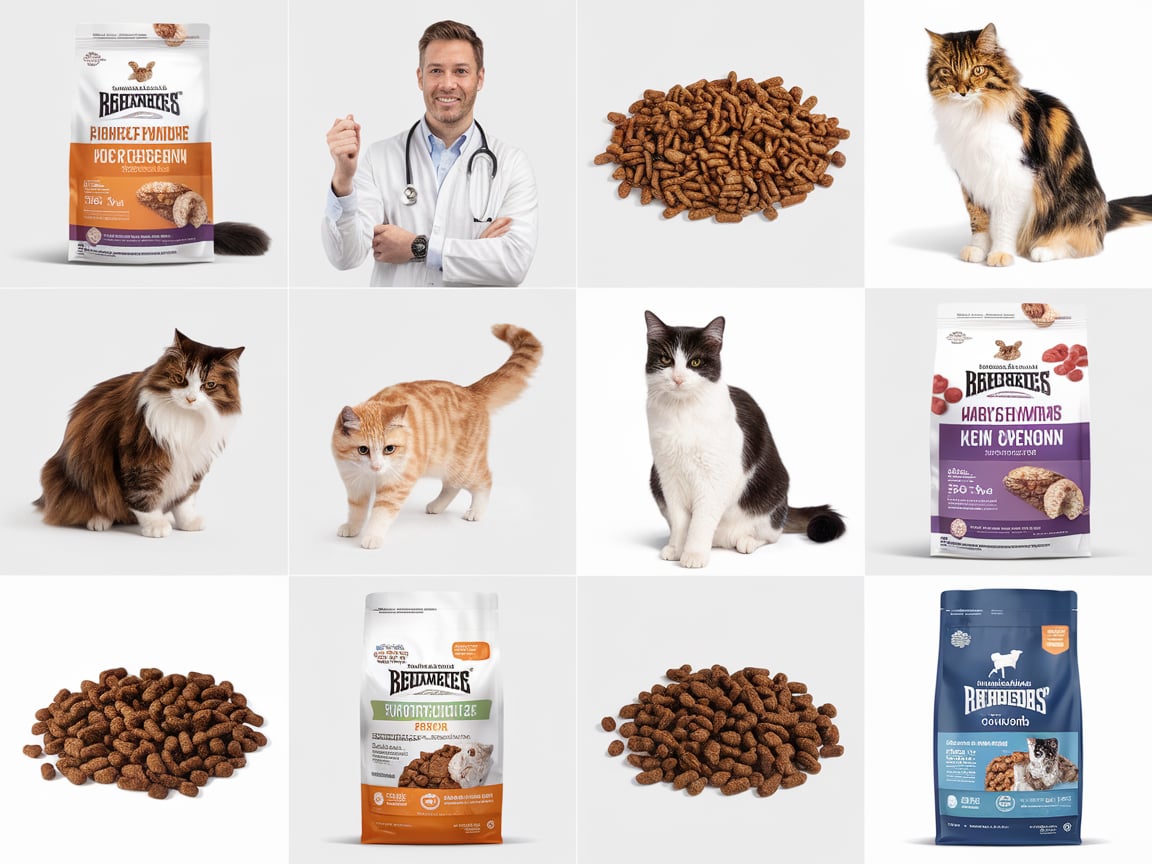How to Choose the Best Hypoallergenic Cat Dry Food for Your Pet
Is your cat struggling with food allergies? Finding the right food for your cat can be difficult, especially when dealing with allergies. Cats are sensitive creatures, and the wrong diet can lead to discomfort, skin issues, and digestive problems.
But how do you navigate the vast selection of cat dry food available today to find the perfect hypoallergenic option for your furry friend? In this guide, we will explore the key factors to consider when choosing the best hypoallergenic cat food.
Identifying Common Allergens
The first step in choosing hypoallergenic cat food is identifying common allergens that might affect your pet. The usual culprits include chicken, beef, dairy, and grains like wheat and corn. If it has symptoms like itching, vomiting, or diarrhoea after eating, it’s crucial to consult your vet. They can help you determine which allergens to avoid and recommend a diet tailored to your pet’s needs.
Choosing Limited Ingredient Diets
Limited-ingredient diets (LIDs) are an excellent choice for cats with allergies. These diets contain fewer ingredients, making pinpointing the cause of allergic reactions easier. When selecting food, look for those labelled as limited-ingredient. These options often use a single protein source and a limited number of carbohydrates, reducing the likelihood of an allergic response.
Considering the Protein Source
The protein source in your cat’s dry food is a critical factor. Many hypoallergenic options use novel proteins like duck, venison, or rabbit, which are less likely to cause allergies. These proteins are not commonly found in standard foods, making them a safer choice for pets with sensitivities. Always check the protein source and choose one your pet has not been
exposed to it frequently.
Avoiding Artificial Additives
Artificial additives, including preservatives, colourings, and flavourings, can sometimes trigger allergic reactions in cats. When selecting hypoallergenic products, avoiding those with a long list of artificial ingredients is best. Opt for natural, high-quality options that emphasise the purity and simplicity of their ingredients. This can help minimise the risk of allergic reactions and promote overall health.
Considering Grain-Free Options
Grain allergies, though less common, can still affect some cats. If you suspect your pet is allergic to grains, consider choosing a grain-free hypoallergenic food. They substitute grains with alternative carbohydrates, such as sweet potatoes or peas, which are less likely to trigger allergies. Grain-free diets can benefit pets with specific dietary needs, but always consult your vet before significantly changing your pet’s diet.
Reading Labels Carefully
Reading and understanding labels is crucial when choosing hypoallergenic cat dry food. Look for products that list all ingredients, and pay attention to the order in which they are listed. Ingredients are listed by weight, so the first few ingredients comprise the bulk of the food. Ensure it is free from known allergens and contains the nutrients your pet needs to thrive.
Consulting Your Veterinarian
Before making any changes to your cat’s diet, it’s essential to consult with your veterinarian. They can provide valuable insights into your pet’s needs and recommend hypoallergenic dry food that meets its health requirements. Your vet may also suggest conducting a trial, where you introduce new products gradually to monitor your cat’s reaction.
Monitoring Your Cat’s Progress
Once your pet is on a hypoallergenic diet, it is crucial to monitor its progress closely. Look for improvements in symptoms like itching, digestive issues, or skin conditions. It may take several weeks to see the full benefits, but consistency is key. If you observe any adverse reactions, contact your vet right away.
Choosing the best hypoallergenic cat dry food for your pet can significantly improve their quality of life. By understanding the above-mentioned factors, you can find a food that meets your pet’s unique needs. Remember that each pet is unique, so what works for one may not be effective for another.
Keep an eye for more news & updates on BuzzReleased!






